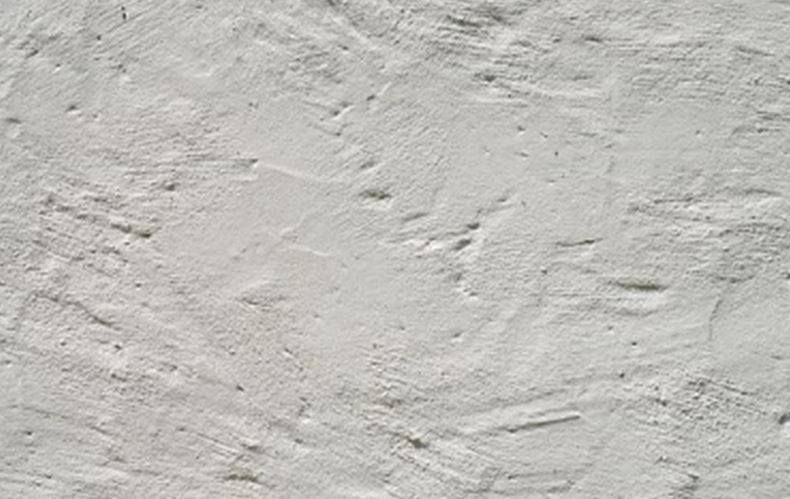Plastering is a time-consuming job in any construction project. It is also essential to ensure the structural integrity of the walls and ceilings. In most cases, plastering prepares the surface for decoration such as painting. In some instances, the plaster finish is already decorative.
In the past, workers did plastering exclusively by hand. Professional plasterers use hand trowels to apply and smooth plaster material over various surfaces. These days, however, plasterers can use plastering machines to get the job done quite quickly. Spray plastering can increase the speed of the application by five times that of using manual Plastering Tools. Increased efficiency is ideal for commercial construction jobs where contractors need to adhere to strict project schedules.
Another advantage of using a machine for plastering is the elimination of manual plaster mixing. Plastering materials come pre-mixed which only need pouring into the machine. After adding the right amount of water, the plaster material is ready for spraying in no time.
Types of plastering machines
There are four different types of plastering machines. Each has its specification which determines the most suitable use of such equipment:
- Pneumatic sprayer. This type of sprayer is the simplest and easiest to use among all four types of plastering machines. The mechanism consists of a hopper connected to an air compressor. You pour the plaster into the hopper and air from the compressor moves the plaster out on to the wall.
- Worm-drive pump. The worm-drive pump within the machine pushes plaster material on to the spray gun for application. However, solvent-based plastering materials are not compatible with this type of plastering machine.
- Peristaltic pump. A peristaltic pump consists of a tube squeezed by rollers. Like other plastering equipment, compressed air produces the spray trajectory. A peristaltic pump has the advantage of spraying textured material as long as it is not solvent-based.
- Piston pump. Piston pumps are the latest type of plastering machine used today. Some do not require using compressed air to pump plaster. Piston pumps that use compressed air produce excellent output speed and coverage area which are suitable for commercial plaster applications.
After spraying plaster onto a surface, workers usually smooth it with a wide spatula. In some cases, the finished plaster is textured to prepare for decorative application.
How to choose a plastering machine
When it comes to plastering machines, there is no one size fits all. Buying one depends on several important factors. If cost is a consideration, a contractor needs to know how often they will use a machine. Frequent use qualifies the purchase, otherwise renting may be a better option.
Another factor to consider is the make and model. There are more popular models preferred by professional plasterers in the trade. However, the popularity of a model should not be the sole reason for buying. You need to compare the features of each make and model to find the perfect option. If the seller offers to test the machine, you should take the time to do so and view the product in person before buying. This way, you can have a better feel for the product you are purchasing.
This article does not necessarily reflect the opinions of the editors or management of EconoTimes.



 Moore Threads Stock Slides After Risk Warning Despite 600% Surge Since IPO
Moore Threads Stock Slides After Risk Warning Despite 600% Surge Since IPO  Azul Airlines Wins Court Approval for $2 Billion Debt Restructuring and New Capital Raise
Azul Airlines Wins Court Approval for $2 Billion Debt Restructuring and New Capital Raise  CVS Health Signals Strong 2026 Profit Outlook Amid Turnaround Progress
CVS Health Signals Strong 2026 Profit Outlook Amid Turnaround Progress  SK Hynix Considers U.S. ADR Listing to Boost Shareholder Value Amid Rising AI Chip Demand
SK Hynix Considers U.S. ADR Listing to Boost Shareholder Value Amid Rising AI Chip Demand  GameStop Misses Q3 Revenue Estimates as Digital Shift Pressures Growth
GameStop Misses Q3 Revenue Estimates as Digital Shift Pressures Growth  Microsoft Unveils Massive Global AI Investments, Prioritizing India’s Rapidly Growing Digital Market
Microsoft Unveils Massive Global AI Investments, Prioritizing India’s Rapidly Growing Digital Market  EU Court Cuts Intel Antitrust Fine to €237 Million Amid Long-Running AMD Dispute
EU Court Cuts Intel Antitrust Fine to €237 Million Amid Long-Running AMD Dispute  Mizuho Raises Broadcom Price Target to $450 on Surging AI Chip Demand
Mizuho Raises Broadcom Price Target to $450 on Surging AI Chip Demand  Trump’s Approval of AI Chip Sales to China Triggers Bipartisan National Security Concerns
Trump’s Approval of AI Chip Sales to China Triggers Bipartisan National Security Concerns  Intel’s Testing of China-Linked Chipmaking Tools Raises U.S. National Security Concerns
Intel’s Testing of China-Linked Chipmaking Tools Raises U.S. National Security Concerns  Air Force One Delivery Delayed to 2028 as Boeing Faces Rising Costs
Air Force One Delivery Delayed to 2028 as Boeing Faces Rising Costs  JD.com Pledges 22 Billion Yuan Housing Support for Couriers as China’s Instant Retail Competition Heats Up
JD.com Pledges 22 Billion Yuan Housing Support for Couriers as China’s Instant Retail Competition Heats Up  Gulf Sovereign Funds Unite in Paramount–Skydance Bid for Warner Bros Discovery
Gulf Sovereign Funds Unite in Paramount–Skydance Bid for Warner Bros Discovery  Apple App Store Injunction Largely Upheld as Appeals Court Rules on Epic Games Case
Apple App Store Injunction Largely Upheld as Appeals Court Rules on Epic Games Case  Evercore Reaffirms Alphabet’s Search Dominance as AI Competition Intensifies
Evercore Reaffirms Alphabet’s Search Dominance as AI Competition Intensifies  SpaceX Insider Share Sale Values Company Near $800 Billion Amid IPO Speculation
SpaceX Insider Share Sale Values Company Near $800 Billion Amid IPO Speculation  Nvidia Develops New Location-Verification Technology for AI Chips
Nvidia Develops New Location-Verification Technology for AI Chips 






























